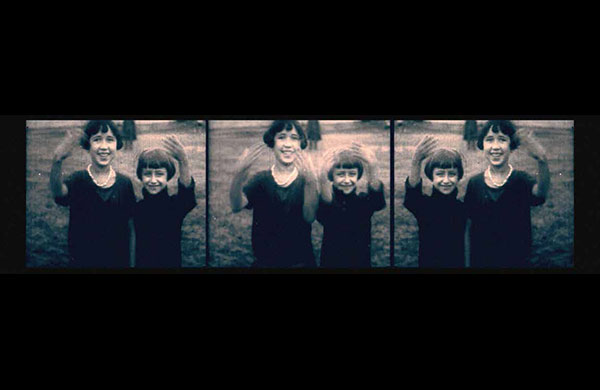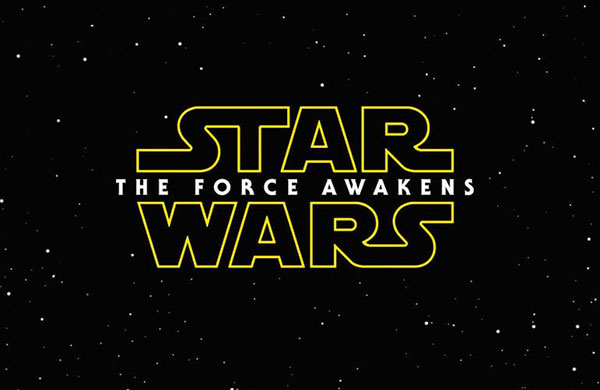
Robin Shaoul
Right now, you may be glossing through this magazine while sitting with your spouse, watching TV. Or you may be reading this as you walk into the house with the rest of today’s mail in your hand, while at the same time listening to your child as he tells you about the trip his class is taking soon. Ahh, the skill of multitasking; the first time I realized the extent of my ability to multitask was when I had my first child. I would often find myself nursing while preparing dinner and talking on the phone, all at the same time.
Does Multitasking Work?
Most of us believe that the more activities we stuff into a set amount of time, the more we’ve accomplished. Though I continuously mistake myself for an achievement superhero, I’ve recognized that in so doing I spite myself. In fact, research shows that the more you stuff into a brief period of time the longer it takes to complete each task and the more errors you are likely to makeand it doesn’t end there. Multitasking also influences your relationships. If you listen to your children with half an ear, look down at your phone as your spouse speaks, or flip through papers as your employees share ideas, you will be missing out on experiencing others in a genuine way and they will likely not sense your regard for them. It also distracts you from yourself. By not allowing yourself time to truly feel and deeply experience, you suppress your authentic development.
Who has time to think? We find ourselves in a predicament. With our busy lives we are often left wishing there were more hours in a day. Days, months and years pass and we wonder where the time flew. Our kids grow up faster than we can track. Vacations come and go so quickly that it’s hard to hold onto the relaxation once the plane has landed. So, what do we do? The answer is simple, yet powerful. It is called mindfulness.
Mindfulness Explained

Mindfulness entails awareness of the present moment in a non-judgmental way. In the 1970’s Jon Kabat-Zinn began teaching this to others as a way to cope with chronic pain. Rather than attempting to avoid pain, he recommended paying closer attention to it. If one were to allow himself to remain with the pain, he would begin to recognize its ebb and flow and that the state of discomfort is not constant. Through a state of mindfulness he might also become more aware of his thoughts along the way. He might catch himself thinking, “This pain will never go away. My life is unbearable.” Recognizing that these thoughts only lead to further discomfort he may eventually be able to develop more helpful self-talk such as, “This is painful but it will eventually pass.” Feeling more in control, he may be better able to focus on the intervals between the peaks of pain, allowing the pain to be more bearable.
The tool of mindfulness has been applied to various life challenges in a similar fashion. If you were to focus on the current moment, you would probably recognize thoughts entering and exiting your mind that you may not have otherwise been aware of. Imagine a person who regularly works out at the gym. Lifting weights may become routine for him. If he called upon himself to be mindful while lifting weights, he may recognize that he tends to avoid group classes out of fear that he won’t be able to keep up with the others. At the same time, he may recall the sense of intimidation he felt when he first began lifting weights and how far he has come. He may then decide to take the challenge anyway, allowing himself new opportunities for growth. Mindfulness helps us slow down and gain clarity of our thoughts and feelings. We can attain the ability to keep thoughts that are helpful and discard those that are not.
Mindfulness in Action
One of the reasons I find myself multitasking is because I get distracted easily by the many things that “have to get done.” This takes me away from the many things that I “should be enjoying.” Practicing mindfulness helps me stay focused on what’s most valuable to me. When I mindfully play a game with my children I notice my thoughts straying to things like the floor that needs sweeping and the phone call I need to make. I may hear a text register on my phone and wonder if the Zumba class is on for that night. I then label those thoughts as “just thoughts” and remind myself that I am now spending quality time with my children. Those things can get done later. Right here, right now is what matters.
When I pray in the morning, I try to practice mindfulness by focusing on my connection with G-d. My eyes may stray toward the clock as I begin to calculate how much time I have left to prepare for work. I recognize other thoughts that enter my mind and gently remind myself that I’m human so those are “just thoughts” and then gently redirect myself back to my prayer in the moment. I find myself appreciating experiences rather than feeling that I am just running on a hamster wheel of life.
Imagine the possibilities if we were to live more mindfully! We could taste our food rather than gulp it down, enjoy our friends rather than bump into them, become intimate with our spouses rather than lead parallel lives, connect with G-d rather than go through the motions. Live in the moment!
________________________________________________
Robin Shaoul is a licensed clinical social worker treating members of our community for over 10 years. She holds a private practice conducting individual and group therapy and is the associate clinical supervisor at SAFE.



